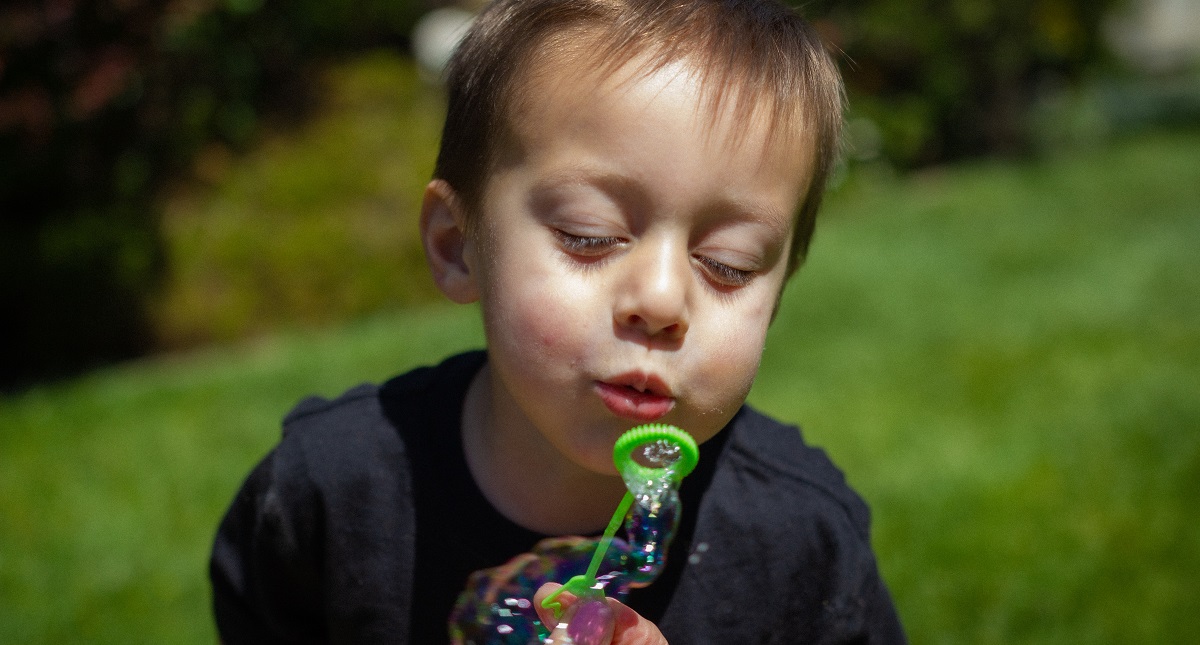Contact Us
As parents, all of us have had interactions with our children we wish we could rewind and handle differently. Those times when the words you used or the tone of your voice was, in hindsight, considerably less than ideal. Rather than berating yourself and your parenting abilities, it can be much more helpful to consider the difference between responding thoughtfully and reacting instinctively.
One clue you might be reacting is when you replay a situation in your mind and you don’t understand why you “lost it” over a relatively minor issue. What does “losing it” sound like? It could be saying something to your child that is totally unenforceable, such as “You are not allowed out of this house for the rest of the year!” or something harsh and hurtful, such as, “I am just so sick of you!”
Responding, on the other hand, allows you to draw on the wisest most caring part of yourself. Rather than acting out of anger or your own hurt feelings, it allows you to provide calm strength. In addition, it models for your child how to handle emotion-laden situations while also allowing them to experience natural and logical consequences.
The key to these strategies is to plan in advance, before you are in the midst of a high-stress situation. You may want to have some of the items mentioned below in your car, purse or backpack for easy access. Many of the suggestions are sensory —involving touch, sucking/chewing/blowing, large motor movement, etc. — which helps calm both the child and the parent. Many of these are also playful ways to take charge if your child is beginning to struggle.
- Stop and evaluate the tone, volume and cadence of your voice. Are you adding tension or reducing it in the interaction?
- Use simple words and one or two step instructions, such as “sit down” or “get your shoes and come with me” (while remembering #1!).
- When your child is flailing around or yelling, pull him into a big bear hug.
- When your child is stomping and loud, begin stomping and then playfully being marching and singing, “The ants go marching one by one, hurrah, hurrah.” Your child will often follow suit and then stop when you do.
- Be aware if your own physiological response (red face, talking fast, heart racing). When you feel this happening, breathe in for four seconds, hold four seconds, and breathe out for four seconds. Repeat if necessary, then respond.
- Offer the child a drink out of a silly straw. Sucking can help children calm down or feel soothed.
- If your child is laying and kicking her feet and yelling, take her feet and start doing “exercises” and counting, “1-2-3” loudly at first and then gradually softer.
- Give yourself, rather than your child, a timeout.
- Turn on some music that is lively and can be danced to and start to dance. Gross motor movement and rhythm usually help everyone move to a more positive state!
- Break out the bubbles. Blow bubbles at your child, then help pop them. In addition to calming your child, this also helps you slow your breathing.
For all 30 ways to help you respond and not react, subscribe to The MOPS Magazine and get this digital issue sent to you now PLUS 4 more print issues sent straight to your mailbox.
Debbie Reed (president/CEO of the Chaddock family of organizations) & Karen Doyle Buckwalter (MSW LCSW) co-authored, Raising the Challenging Child: How to Minimize Meltdowns, Reduce Conflict, and Increase Cooperation.
